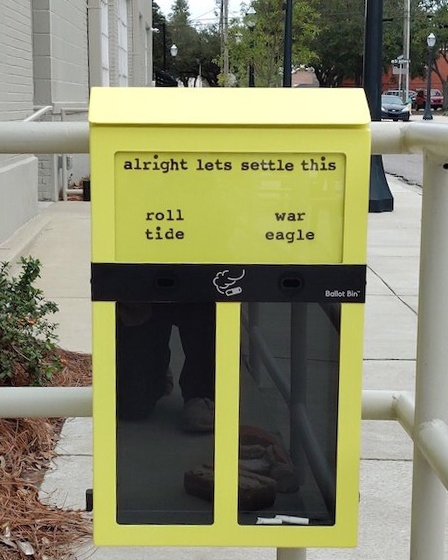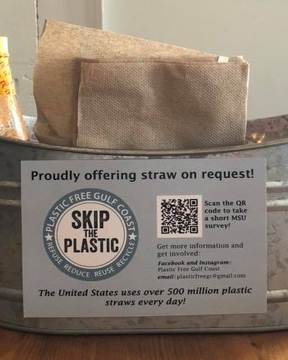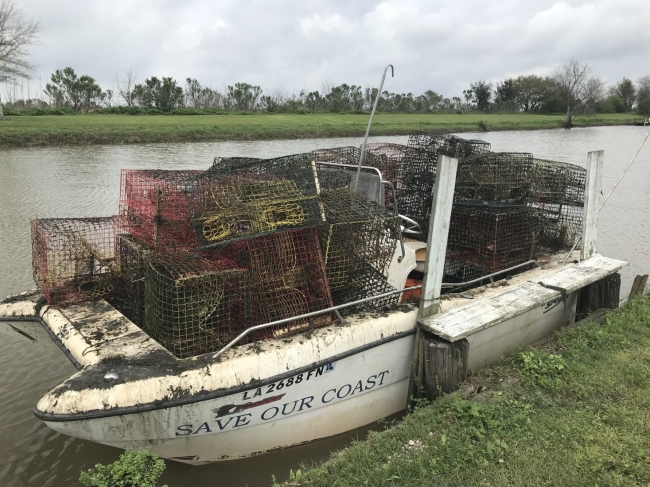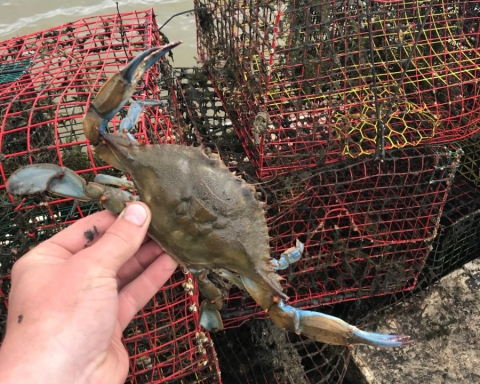The Gulf of Mexico’s coastal habitats are a treasure trove of biological diversity and unique ecosystems. They’re also a vital resource for coastal economies, industries, and communities, and are impacted by human activity in many ways. One ongoing challenge in the Gulf of Mexico region is the problem of marine debris. Five different U.S. states border the waters of the Gulf of Mexico, and enormous watersheds that span dozens of other states drain into it. That means the source of marine debris in the Gulf of Mexico region can be both near and far. From local litter and abandoned fishing gear, to restaurant waste and debris dams, marine debris in the Gulf States is a complex issue. Fortunately, our partners in the region are up for the challenge and are leading efforts to prevent and remove debris across the Gulf.
Marine debris in waterways can have far-reaching consequences in a community when it negatively impacts human health, local economies, and industries, such as fishing and tourism. Mobile Baykeeper, with the support of a NOAA Marine Debris Program prevention grant, is collaborating with Plastic Free Gulf Coast, the Downtown Mobile Alliance, and the City of Mobile in a new education and awareness campaign to reduce marine debris and promote local businesses. The Reduce the Use project is partnering with 178 local restaurants and businesses to prevent marine debris by reducing single-use plastics, educating customers, and installing public art. Another regional project, led by Plastic Free Gulf Coast and with the support of a NOAA Marine Debris Program prevention grant, is also focused on reducing the use of single-use plastics throughout the Gulf in a regional education and outreach campaign focused on consumers and coastal restaurants.
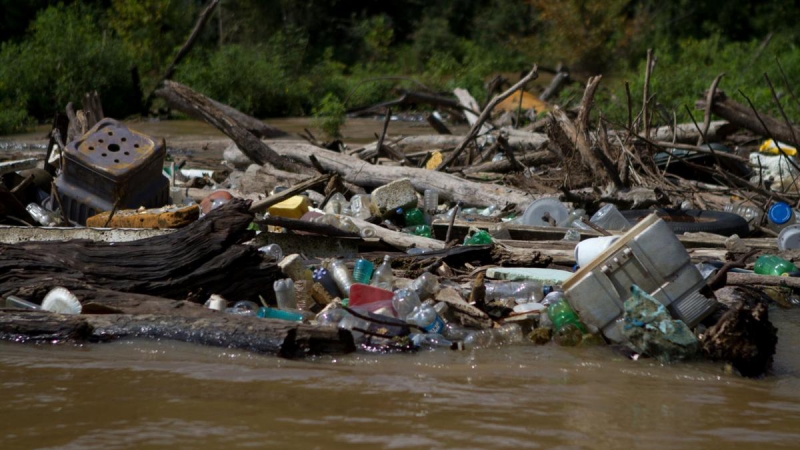
Large debris in the Gulf region can present big problems. The Pearl River, which creates the natural boundary between Mississippi and Louisiana, had enough natural and human-made debris to create a huge log jam that impacted the function of the river. To restore the normal river flow and allow fish passage, our partners have been hard at work clearing logs and trash, including everything from parts of houses, boats, coolers, bags, and even large appliances. In a collaborative effort, the Southeast Aquatic Resources Partnership, Southeastern Association of Fish and Wildlife Agencies, and Pearl Riverkeeper, with support from the U.S. Fish and Wildlife Service and a NOAA Marine Debris Program removal grant, have already removed over 18,000 pounds of debris from the river.
In Louisiana, another removal project is piling up big results. The Pontchartrain Conservancy, supported by a NOAA Marine Debris Program removal grant, in partnership with the Louisiana Department of Wildlife and Fisheries, the Louisiana Master Naturalists Association, Common Ground Relief, Virginia Institute of Marine Science, local universities, and volunteers, has removed over 7,800 derelict crab traps from the Lake Pontchartrain Basin over the past two years. During removal efforts in February and March 2021, project participants removed more than 4,800 traps, which averted estimated economic losses of more than $718,000 due to ghost fishing. They also released thousands of animals captured in those traps, including 75 diamondback terrapins, more than 700 fish, and more than 4,300 blue crabs.
Like Louisiana, partners in Texas are addressing derelict fishing gear issues. In a new project, Coastal Bend Bays & Estuaries Program, with funding from a NOAA Marine Debris Program removal grant, is leading an effort to remove derelict crab traps in coastal bays and estuaries and record information about each derelict trap recovered to better understand both the ecological and economic impacts of derelict crab traps. To learn more about this new removal project, stay tuned for a project blog posted later this week.
We are proud of our Gulf of Mexico partners and the amazing work they have done, and will continue to do, to protect their unique waterways from marine debris.

